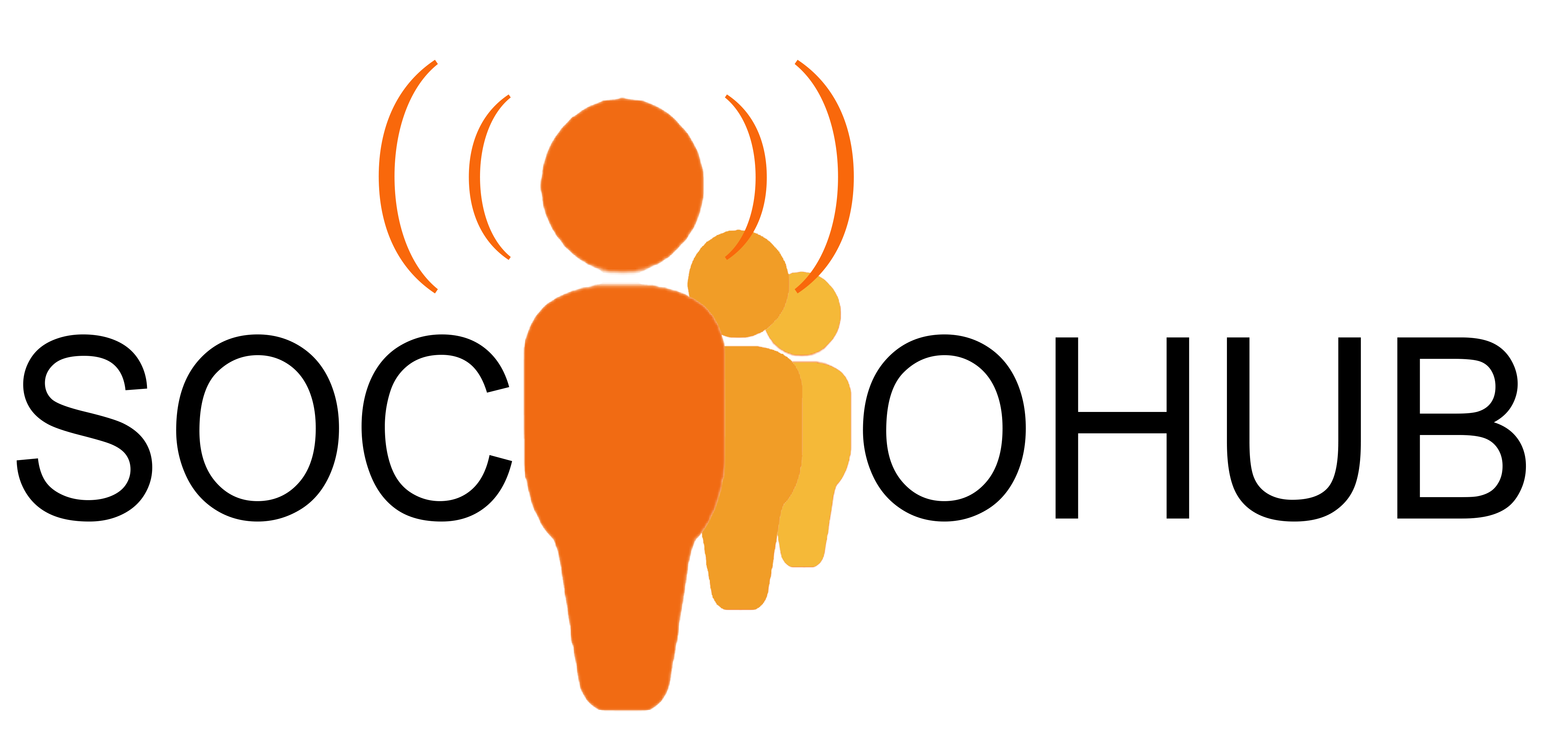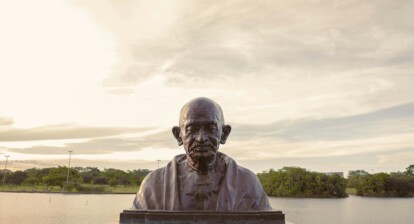‘Fight the Power’,’ Strange Fruit’, ‘Imagine’ and ‘Redemption Song’ are all songs that have one thing in common. From spreading a message about public lynching in the song ‘Strange Fruit’ to calling out people to take action in fighting racism in the song ‘Fight the Power’, all the songs were linked to social change in some way [1]. The song ‘Fight the Power’ had an impact on the civil rights movement [2], but was also used during the black lives matter movement in 2020 on billboards and as an anthem for the movement [3].
Music is more than just catchy songs it can help social movements grow and be successful and in this post – I will explain how.
The effects of music
Music is a phenomenon that can strengthen people, it has different uses from improving your mood [4] to increasing power and lowering depression and pain [5]. Music can also affect a collective of people. This was not only in the case of the civil rights movement and the black lives matter movement as mentioned before, but also way before that. In 1739 music was used to mobilize black people to stand up and take action to take down the slave owners, they used musical tools like singing and drums to get people to join them to take part in collective action [6].
Music and mobilization
One use of music in social movements, just as in 1739 was to recruit participants to join in the movement. I will use the example of the Swedish ‘White Power’ movement and its so-called ‘white power music’[7]. Music can create a frame, a ‘frame’ shows the nature of a social movement, what they want, and who they are and plays an important role in mobilizing people to partake in collective action [8].
This frame can show people who is part of the group and who is not. One example of how this would look like was used in an article by Danaher [9] they use the lyrics of ‘Mill Mother’s lament’.
“But understand, all workers,
Our union they do fear.
Let’s stand together, workers,
And have a union here”
This lyric shows its intended target clearly, which can help people identify with the movement the musician is rooting for. When people identify with the movement they feel more motivated to participate in the collective actions of the social movement [10]. This identification can be amplified through the power that music has. Because music can easily be memorized [7] and when songs are sung multiple times, people can start to embody the message of the lyrics themselves, which in turn helps shape the collective identity [9].

TikTok
Music also serves as a practical tool to strengthen the movement. This is because music can be spread to a bigger audience through distribution over the internet [7]. TikTok is now one of the biggest social media platforms and this platform has a focus on music [11]. Vox did research, looking at the effects of TikTok, they called it the ‘TikTok to Spotify pipeline’. They explain that when somebody makes a song, other people can use it in their TikTok video. When a video that uses the song goes viral, people will go to Spotify to listen to the song. The song also gets added to playlists that include viral TikTok songs, which makes the song reach an even broader audience [12].
Money
Social movements need money for funding personnel, starting political campaigns, or the costs of strengthening the network. There are two ways a social movement can make money: by “internal funding” and “external funding”. Internal funding is money that the movement itself gathers, like donations. But this doesn’t cover the costs, so they use external funding. A risk of external funding is that the investors also want to have a say in what is going on in the movement, and thereby you lose independence [13]. To aid in internal funding, a social movement can use music as a way to make money. This is also how the ‘White Power’ movement got most of its revenue [14]. So to keep their independence, social movements can use music as a source of income.
Conclusion
Music has been around for a while and has been used in many different ways throughout time, from aiding the slaves to take collective action against their white owners to the flip-sided ‘White Power’ movement who want to save white people. Music can be used to gather funds and people, but also to create a feeling of belonging. Music can be used as a tool that, when used correctly, can help social movements slowly change the world. When we sing in harmony we can also create it.
Referenties
[1] Young, K. (2021, February 24). 10 songs for social change. Amnesty International Australia. Retrieved October 20, 2023, from https://www.amnesty.org.au/10-songs-for-social-change/
[2] Litwack, L. F. (2009). “Fight the power!” the legacy of the civil rights movement. Journal of Southern History, 75(1), 3. https://www.questia.com/library/journal/1G1-194278467/fight-the-power-the-legacy-of-the-civil-rights
[3] Sacks, E. (2020, June 20). Public Enemy anthem “fight the power” struck chord long before black lives matter protests. NBC News. https://www.nbcnews.com/pop-culture/music/public-enemy-anthem-fight-power-struck-chord-long-black-lives-n1231593
[4] Lesiuk, T. (2005). The effect of music listening on work performance. Psychology of Music, 33(2), 173–191. https://doi.org/10.1177/0305735605050650
[5] Siedliecki, S. L., & Good, M. (2006). Effect of music on power, pain, depression and disability. Journal of Advanced Nursing, 54(5), 553–562. https://doi.org/10.1111/j.1365-2648.2006.03860.x
[6] Epstein, D. J. (1963). Slave Music in the United States before 1860: A Survey of Sources (Part I). Notes, 20(2), 195. https://doi.org/10.2307/894726
[7] Corte, U., & Edwards, B. (2008). White Power music and the mobilization of racist social movements. DOAJ (DOAJ: Directory of Open Access Journals). https://doaj.org/article/55de9be3a24b4cba9466a48b4fa8467e
[8] Benford, R. D., & Snow, D. A. (2000). Framing Processes and Social Movements: An Overview and assessment. Annual Review of Sociology, 26(1), 611–639. https://doi.org/10.1146/annurev.soc.26.1.611
[9] Danaher, W. F. (2010). Music and social movements. Sociology Compass, 4(9), 811–823. https://doi.org/10.1111/j.1751-9020.2010.00310.x
[10] Klandermans, B. (2013). Motivation and types of motives (Instrumental; identity, ideological motives). The Wiley-Blackwell Encyclopedia of Social and Political Movements. https://doi.org/10.1002/9780470674871.wbespm133
[11] Brandon, J. (2022, April 28). One Reason TikTok Is The Most Popular Social Media App Of The Year So Far. Forbes. https://www.forbes.com/sites/johnbbrandon/2022/04/28/one-reason-tiktok-is-the-most-popular-social-media-app-of-the-year-so-far/?sh=3c6bfd4d41ed
[12] Caswell, E. (2022, May 31). We tracked what happens after TikTok songs go viral. Vox. https://www.vox.com/videos/23148752/viral-tiktok-musicians-songs-data-investigation
[13] Vincent, F. (2006). NGOs, social movements, external funding and dependency. Development, 49(2), 22–28. https://doi.org/10.1057/palgrave.development.1100253
[14] Eyerman, R. (2002). Music in movement: Cultural politics and old and new social movements. Qualitative Sociology, 25(3), 443–458. https://doi.org/10.1023/a:1016042215533







